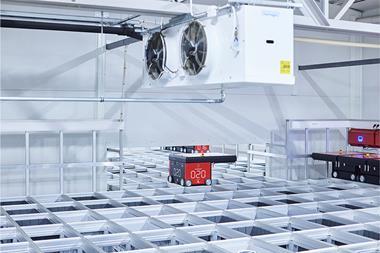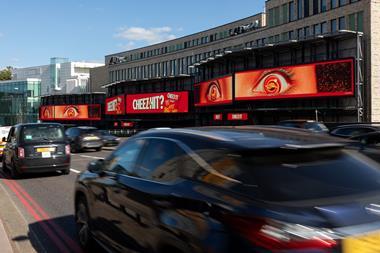The squeeze on both consumers and the food and beverage supply chain is very real, so how can businesses identify areas to make savings, beyond the more obvious?

With a recent Kantar study indicating that 44% of households feel they have been financially damaged by the last 15 months and IGD’s ShpperVista noting the majority of shoppers expect an increase in food and beverage prices over the coming year, consumers are under pressure, being squeezed from both sides.
Meanwhile major multiples are competing to retain or regain market share and absorb the costs associated with recent Covid-19 measures. Add to that the squeeze on manufacturers and the current supply chain crisis and there’s a clear need for businesses to identify where they can make savings.
A new whitepaper from LPR suggests that analysing indirect spend in more depth can help companies identify areas beyond traditional savings zones to solve some of their pain points. It looks at traditional areas of saving, materials that are seeing unprecedented price rises and how the supply chain can deliver cost reductions via pallet pooling.


















